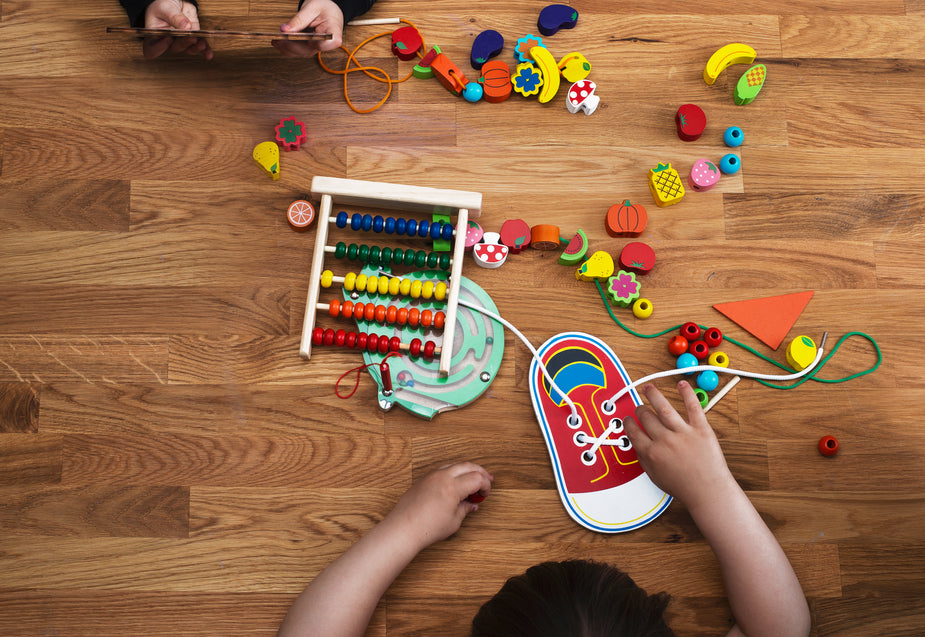
Montessori Toys for Sensory Exploration: Engaging the Senses for Learning and Discovery
Share
Sensory exploration is a fundamental aspect of childhood development, allowing children to engage with the world around them and make sense of their experiences. Montessori education emphasizes the importance of sensory play in fostering cognitive, social, and emotional development. In this article, we'll explore a selection of Montessori toys designed to stimulate the senses and encourage hands-on learning and discovery.
Sensory Balls:
Soft, textured sensory balls provide infants and toddlers with tactile stimulation, encouraging exploration and grasping.
Different textures, such as nubs, ridges, and bumps, stimulate the sense of touch and promote sensory awareness.
Sensory balls can be rolled, tossed, and squeezed, helping children develop fine and gross motor skills while engaging their senses.
Sound Blocks:
Wooden sound blocks produce various tones and pitches when struck, providing auditory stimulation and encouraging exploration of cause and effect.
Children can experiment with different combinations of blocks to create rhythmic patterns and musical sequences, fostering creativity and auditory discrimination.
Sound blocks promote hand-eye coordination and concentration as children focus on producing and listening to different sounds.
Sensory Bottles:
Sensory bottles filled with water, glitter, beads, or other materials captivate children's attention and promote visual and auditory exploration.
Children can shake, tilt, and observe the movement of objects inside the bottles, stimulating their visual perception and spatial awareness.
Sensory bottles can be customized with various materials and colors to create different sensory experiences, encouraging curiosity and discovery.
Texture Boards:
Wooden texture boards feature a variety of tactile surfaces, such as sandpaper, fabric, and cork, for children to explore with their hands.
Texture boards provide opportunities for children to compare and contrast different textures, refining their sensory discrimination skills.
Children can trace the contours of the textures with their fingers, promoting fine motor control and sensory integration.
Scent Jars:
Scent jars filled with aromatic herbs, spices, or flowers offer olfactory stimulation and encourage children to explore the sense of smell.
Children can sniff the jars and identify different scents, developing their sense of smell and vocabulary for describing aromas.
Scent jars can be rotated regularly to introduce new scents and keep children engaged in sensory exploration over time.
Montessori toys for sensory exploration provide children with rich and meaningful learning experiences that engage their senses and promote holistic development. By incorporating toys that stimulate the sense of touch, hearing, sight, and smell, parents and educators can create an environment that encourages curiosity, creativity, and discovery. Through sensory play, children develop essential skills and lay the foundation for lifelong learning and exploration.




